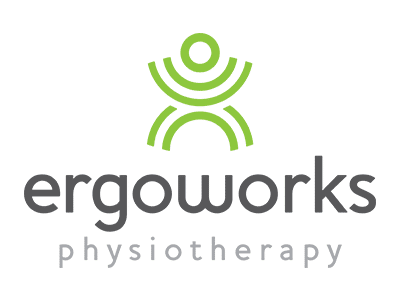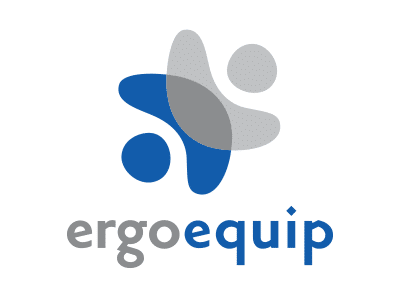Activity-Based Working Office Design: Examples and Best Practices

Activity-Based Working (ABW) has revolutionized office design by prioritizing flexibility, collaboration, and employee well-being. In this article, we explore ABW office design examples and best practices to help organizations create productive, engaging, and ergonomic work environments.
Understanding Activity-Based Working (ABW)
ABW is a workplace strategy that encourages employees to choose from a variety of work settings based on their tasks and preferences. It shifts away from traditional fixed workstations to provide a range of spaces designed for different activities, such as focused work, collaboration, brainstorming, and relaxation.
Office Design Examples for ABW:
Open Collaboration Zones: Create open, inviting spaces with flexible seating arrangements to encourage spontaneous collaboration. These areas should be equipped with whiteboards, projectors, and comfortable seating options.
Quiet Workstations: Offer private, quiet workstations for tasks that require deep concentration. Soundproofing materials, acoustic panels, and noise-cancelling headphones can enhance the tranquility of these spaces.
Standing Desks and Active Workstations: Incorporate standing desks, treadmill desks, or adjustable-height desks to promote movement and reduce the health risks associated with prolonged sitting.
Focus Pods and Phone Booths: Install focus pods or phone booths for private conversations or uninterrupted work. These enclosed spaces provide privacy without the need for a dedicated office.
Café-Style Meeting Areas: Design informal meeting spaces with a café-like ambiance, offering a relaxed setting for discussions, brainstorming sessions, or quick catch-ups.
Best Practices for ABW Office Design:
Ergonomic Assessment: Prioritize ergonomic assessments and provide ergonomic furniture and accessories to support employee well-being. Ensure that each workspace promotes comfortable and healthy postures.
Technology Integration: Integrate technology seamlessly into workspaces, including video conferencing equipment, wireless charging, and user-friendly connectivity solutions to enhance productivity.
Natural Light and Biophilic Elements: Maximize natural light and incorporate biophilic design elements like plants and natural materials to create a visually appealing and calming environment.
Flexibility: Design with flexibility in mind. Use modular furniture and movable partitions to adapt spaces as needed, accommodating changing work patterns and team sizes.
Employee Input: Involve employees in the design process. Gather their input to understand their preferences and requirements, fostering a sense of ownership and satisfaction.
Clear Wayfinding: Implement clear signage and wayfinding elements to help employees navigate the office easily, especially in larger or more complex layouts.
Sustainability: Embrace sustainable design practices by using eco-friendly materials, energy-efficient lighting, and waste-reduction strategies to align with corporate social responsibility goals.
Wellness Zones: Consider incorporating wellness zones for meditation, relaxation, or fitness activities to support employees’ mental and physical health.
Activity-Based Working office design empowers employees with choice and flexibility, ultimately enhancing their productivity and well-being. By incorporating workplace ergonomic solutions and conducting ergonomic assessments, organizations can ensure that their ABW spaces prioritize employee health and comfort. Embracing best practices in ABW office design not only fosters creativity and collaboration but also helps attract and retain top talent, positioning your organization for long-term success in a dynamic and ever-evolving work landscape.


